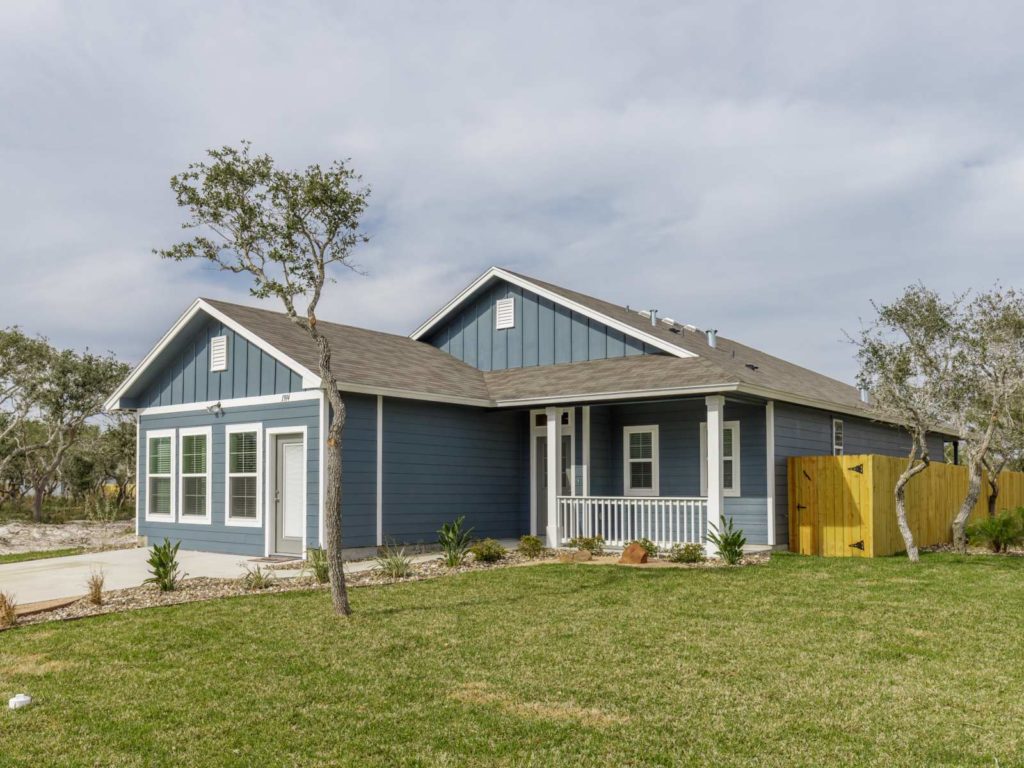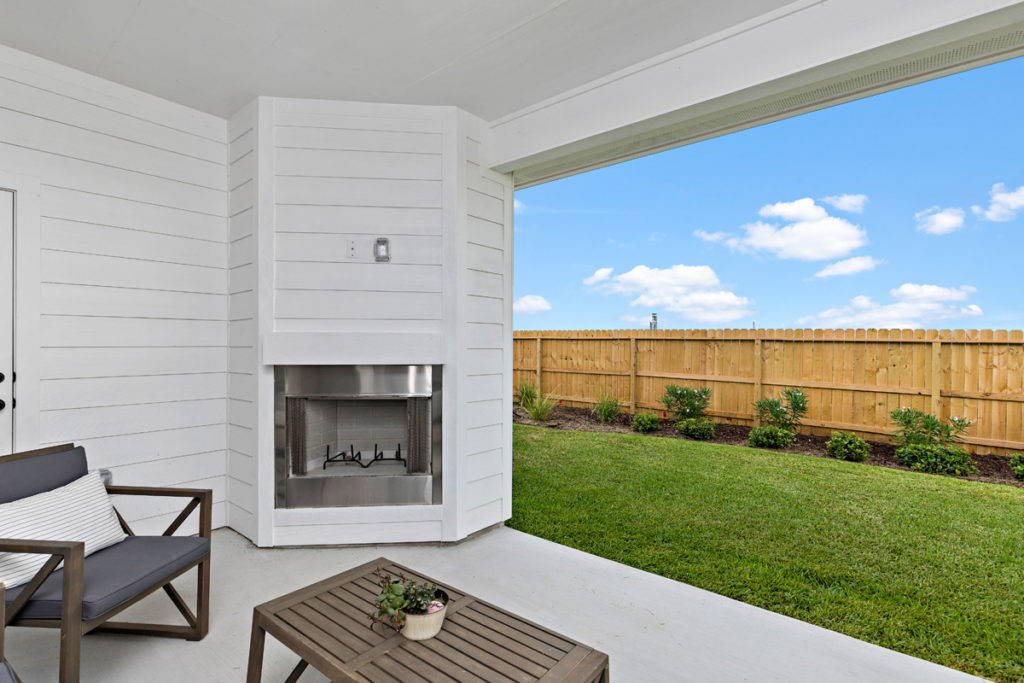Design Tips for Your Indoor and Outdoor Living Spaces
Homeowners used to think of their outdoor and indoor spaces as two separate entities. Since many of us are spending more time in our homes these days, our homes have evolved to become an area of escape or entertainment. Not only will linking outdoor and indoor spaces make an interior seem bigger, but a nice backyard has also become a nice breath of fresh air and serves as a nice refuge that will enhance your mental health.
Below are our indoor-outdoor design tips for linking your living spaces that will not only look gorgeous but will function as an extension of the indoors.
Define zones and make your outdoor space functional

Some of the rules for decorating an indoor space apply to outdoor spaces. You would want to define zones by their function to ensure that every area of your outdoor property serves a purpose. Allot a space for conversation, cooking, and relaxation.
Define zones by making shifts in shrubs, hardscape materials, or planters to establish borders and corners. You may use outdoor rugs for defining a specific area – place a rug in an area with a coffee table and benches to serve as a casual conversation spot, then place another rug with chairs and a dining table to form a dining area. Also, consider the natural elements like the sun orientation and prevailing winds – you don’t want to sit on a spot where the sun shines brightly in your eyes!
With some creativity, you can create an outdoor area that is just as enjoyable and relaxing as your indoor living area. Consider installing a firepit that can be enjoyed by family and friends during the colder months.
Transitioning seamlessly

Your outdoor space can be a true extension of your home. Hence, it’s essential to create a seamless transition between the two spaces; they should look and feel both unified and intentional. One great way to do this is through sliding glass walls, which can be integrated to match the home’s needs and aesthetics, protect your home from the harsh weather, and will open to create one big space for entertaining.
To achieve consistency, keeping the aesthetic or theme of your indoor space is important. Using similar furniture style, flooring, and color palette will help create a cohesive look.
Provide adequate covering

Naturally, you would want to enjoy your outdoor space not just in good weather, but whenever the mood strikes you. It will not be relaxing to stay in your outdoor space when the sunshine is beating down mercilessly. The sun can be unrelenting on your outdoor furniture too! You can successfully manage these concerns by planning for adequate covering. Common solutions include pergolas, awnings, umbrellas, and shades. Your choices for materials will largely depend on your needs and climate zone, but they can range from durable fabrics, wood, and metal. Motorized shades are also a good option, allowing you to cover your desired area only when necessary.
When designing your home, consider these indoor-outdoor design tips for your living spaces. Blurring the lines between these two spaces will help you experience the best of both worlds at once!
